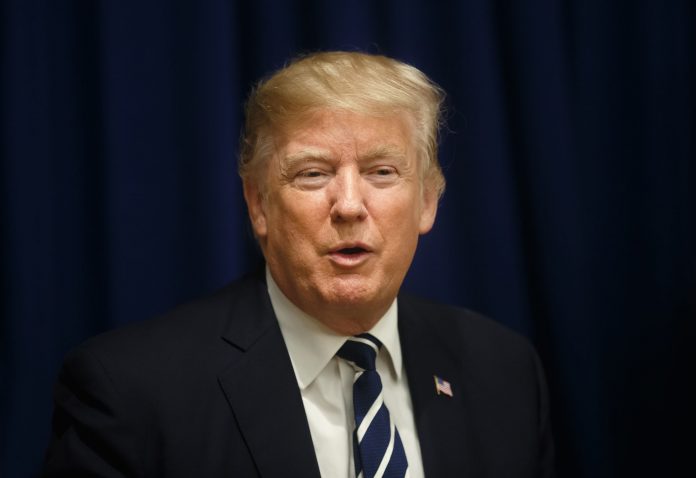
It has been over three years since Donald Trump became the 45th President of the United States of America. During his first run for the Oval Office, he vowed to take on drug companies and lower the cost of prescription drugs. With less than one-hundred days until the 2020 presidential election, he has yet to keep his promise.
Hoping to make up for lost time, President Trump recently signed four executive orders to lower the prices for many important drugs. He announced last month, “I’m signing four sweeping executive orders that will lead to a massive reduction in drugs costs” and “completely restore the prescription drug market.”
President Trump’s first order calls for the Department of Health and Human Services to guide federally qualified health centers to provide cheaper insulin and injectable epinephrine (the drug used to treat severe allergic reactions found in EpiPens) for low-income patients. His second order calls for the HHS to permit more importation of drugs from Canada and the European Union. His third order calls for the elimination of “kickbacks” for health plan sponsors and pharmacy benefit managers (PBMs), who often serve as negotiators and middlemen between drug producers and healthcare and health insurance providers.
His fourth order, which President Trump calls to the “granddaddy of them all,” requires Medicare to purchase drugs at the same prices found in “favored nations.” By purchasing drugs at comparatively lower prices found in other countries, he hopes that U.S. patients will pay similarly lower prices.
Each of President Trump’s orders addresses important and ongoing issues within the U.S. healthcare system. Insulin and EpiPen prices have risen considerably in recent times. Prescription drugs are often significantly cheaper in other nations. Some PBM negotiation tactics provide more financial benefits for the negotiators than for patients.
Unfortunately, the president’s executive orders to solve these healthcare woes have little chance of making prescription drugs cheaper. Further, many of these ideas have been recently tried and found little success.
In October 2018, President Trump implemented an international pricing index model to help Medicaid patients to receive the same drug-discounts that many producers provide in other countries. Despite his efforts, drug prices have continued to climb.
Last May, Colorado became the first state to cap co-payments for the purchase of insulin. State law limited co-payments to $100 a month while expecting health insurance companies to “absorb the balance.” A Denver Post article last February found that insurance providers had “absorbed the balance” by exploiting increasing premiums and exploiting loopholes in the laws to make financial ends meet. Consequently, many diabetics in Colorado are still struggling to balance their finances and health.
State-level failures to make insulin more affordable cast doubt as to whether an executive order to institute a similar national-level program will be successful.
President Trump also previously initiated policy changes to target rebates between PBMs and drug producers and grant states more authority to import drugs from Canada. Although these efforts have greater potential to lower the cost of prescription drugs, political pressures forced him to abandon these pursuits. As the November election draws closer and politically unpopular policy pursuits become riskier, we can certainly question the president’s commitments to these reforms.
Executive orders to correct for other shortcomings in the U.S. healthcare market have also come up short. In 2017, President Trump issued orders to restructure the Affordable Care Act to provide more affordable healthcare. In 2018, he signed a similar order to lengthen short-term healthcare plans. Although the president’s orders were well intended, research published in Health Affairs in October 2018 found that healthcare premiums increased despite the use of executive orders.
President Trump’s repeated past failures to reform healthcare are predictable. In his brilliant book Priceless: Curing the Healthcare Crisis, economist and Independent Institute Senior Fellow John C. Goodman reminds us that the market for medical care is a complex system, involving too many dynamic components and complicating factors for any individual to grasp fully. Using blunt instruments like executive orders to change the healthcare system naively presumes policymakers can tinker with complex systems and achieve desirable outcomes.
As I have stressed many times in recent posts, executive orders will not lower prescription drug prices. The latest round will be no exception.